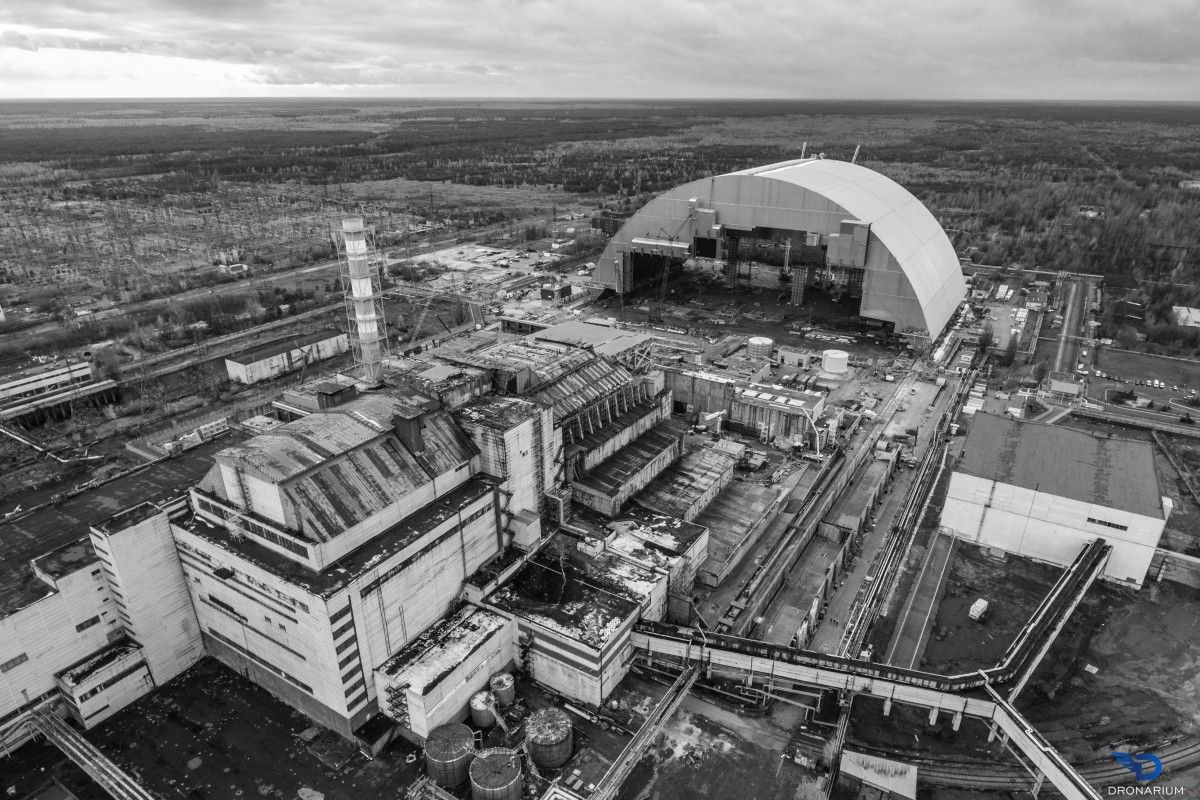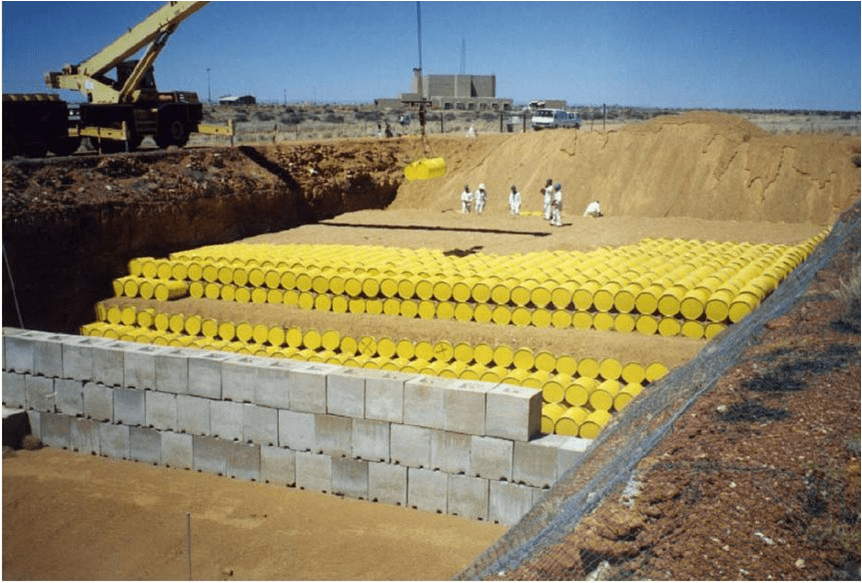There are two common myths: an atomic kilowatt costs 50 cents, and nuclear power is the most environmentally friendly. The bottom line is that the NPP itself has no exhausts like the TPP. It does not require a constant supply of such amount of fuel, and the emission of radionuclides during coal combustion significantly exceeds the level of radiation damage from nuclear power plants. But the real situation is quite different. Especially for Ukraine.

Nuclear fuel
WPPs and SESs do not need to disrupt giant quarries, mines and pollute large areas with waste. It should not be forgotten that the production of nuclear fuel is very similar to the production of coal or iron, and brings similar environmental damage.

Feeding the enemy
Nuclear fuel also needs to be enriched, which can only be done by five companies in the world. Of these, Ukraine cooperates with the American Westinghouse, and to a greater extent the Russian Rosatom. This cooperation means full maintenance of the reactors, not just the purchase of fuel elements. Therefore, it is difficult to link the increase in the number of accidents at the Ukrainian nuclear power plant by 5 times in recent years with the fact that Russian engineers work at strategic sites. In the first 5 months of 2016 alone, there were 9 reactor emergency stops.
Reactors cannot work forever
Another factor is the need to continuously extend the life of the units, which can cost 4-6 billion units for a total capacity of 1 GW. At this cost, it is possible to build an SES of up to 600 MW from scratch. Or purchase 20 thousand sets of 30 kilowatt SES. In addition, SES cannot lead to a nuclear catastrophe, as with the Chernobyl nuclear power plant, which still requires annual budget allocations for social payments and maintenance of the station itself.

Waste
Nuclear fuel also needs recycling. Here again, Ukraine cooperates with the aggressor country and has paid over $ 1.5 billion over the last 10 years. But plans to build a used nuclear fuel repository will reduce those costs.

50 cents per kilowatt – who can pay it?
Putting all these factors together, the cost of an atomic kilowatt should far exceed the price of 168 cents. And the only reason that the Ukrainian atom remains cheap enough is because Ukraine inherited power units and made no initial investments. But considering the construction of new nuclear power plants, the price should be much higher.

In fact, you can get a rate of 50 cents per kWh from a solar panel. For this purpose a set of a solar power plant on 30 kW worth 250 thousand UAH should work only 9-10 years for 5 hours a day. The warranty for the inverter of such a set is 5 years, and for the solar panels themselves as much as 25 years. And the total area of solar panels will be 160 square meters under which only 2 acres of the suburban area is sufficient.
This is provided that you will consume all the electricity without selling it at the green tariff.


